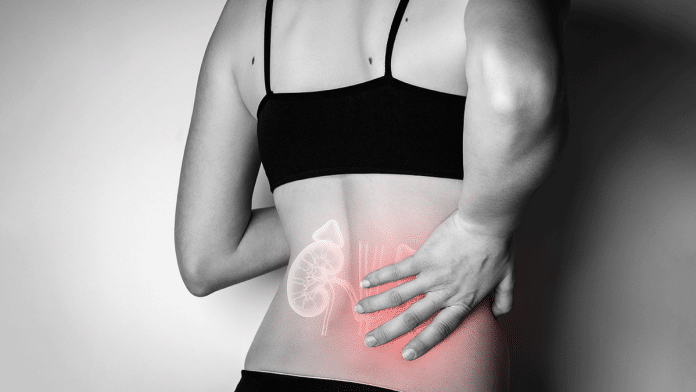Chronic kidney disease is a long-term kidney disease that happened over a long period. In this condition, the kidneys don’t fail at once instead the disease progresses slowly and gradually over some years. If chronic kidney disease is identified during the early stage, it can be reversed through medication and certain lifestyle changes. To identify the stages thoroughly, National Kidney Foundation offered the doctors and healthcare professionals with guidelines that helped them to identify the stages of kidney disease. Chronic kidney disease is categorized into the following 5 stages based on the glomerular filtration rate. GFR is defined as a certain number that helps in identifying the stage of chronic kidney disease. A formula is used which has a person’s race, gender, and age along with the serum creatinine level that helps in finding out the GFR level.
Watch these videos to know more about Kidney Disease and it’s treaments.
During stage 1, high or normal GFR is seen i.e. > 90ml/min. generally, the person suffers from no symptoms during this stage of kidney disease. People usually are unable to diagnose stage 1 but they might be diagnosed if they are tested for another disease like high blood pressure or diabetes. A person has higher values of urea and creatinine within the blood, proteins or blood is seen within the urine, kidney damage is seen in CT scan, MRI, X-ray or Ultrasound. Eating a healthy diet with regular exercise can help in slowing down the progression of the disease.
During stage 2, mild chronic kidney disease, GFR is around 60-89ml/min. usually, there are no actual symptoms during this stage as the kidneys are still working. Usually, people find out that they are suffering from stage 2 kidney disease through different tests similar to stage 1. The signs of stage 2 kidney disease are similar to stage 1. It is essential to undergo regular testing to find out the levels of creatinine and protein so that it helps in identifying the progress of chronic kidney disease. Eating a healthy diet, limiting the intake of sugars, excess proteins, regular exercise and other healthy alterations in lifestyle can help in slowing down the progression of stage 2 kidney disease.
During stage 3A, moderate chronic kidney disease, GFR is around 45-59ml/min and during stage 3B, moderate chronic kidney disease, GFR is around 30-44 ml/min. when the kidney functions decline to this level, they start building up waste products within the blood leading to a condition termed as uremia. During stage 3 a person develops complications regarding kidney disease like anemia, increased blood pressure or bone disorders. The signs and symptoms of stage 3 kidney disease include fluid retention, edema, breathlessness, fatigue, changes in urination like dark orange colored, brown tea-colored, red urine with blood or you feel less urination. During the 3rd stage, the patients also suffer from kidney pain in the back and sleep problems because of restless legs or muscle cramps.
During stage 4, severe chronic kidney disease, GFR is around 15-29ml/min. if a person is at stage 4 kidney disease then he might need a kidney transplant or dialysis. The kidney function declines at this stage and the waste products start accumulating within the body leading to certain complications like heart disease, bone disease, anemia or high blood pressure. The patient suffers from similar symptoms to stage 3 along with it feels a change in taste i.e. metallic taste, loss of appetite, bad breath, difficulty in concentration, nerve pain, tingling or numbness.
During stage 5, end-stage chronic kidney disease GFR is < 15 ml/min. this is the advanced stage of kidney disease where the kidneys are non-functioning or functioning minimal. Eventually, a person needs a kidney transplant or dialysis during this stage. The symptoms are more severe in comparison to stage 3 and stage 4.
It is essential to see a nephrologist during all the stages especially stages 3, 4, and 5 and get the best advice for slowing down the disease.
Until Next time,
Team Doctor ASKY!





















